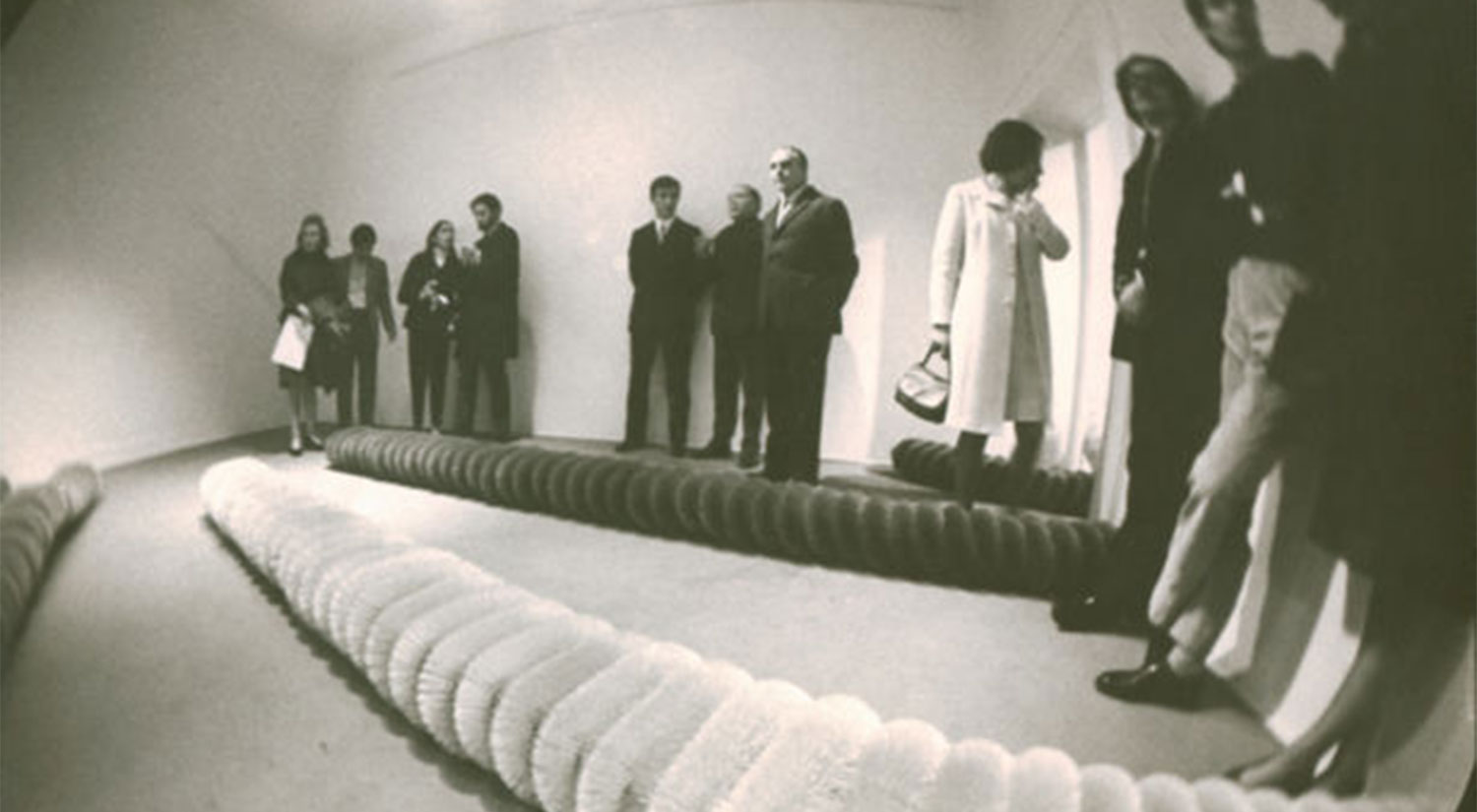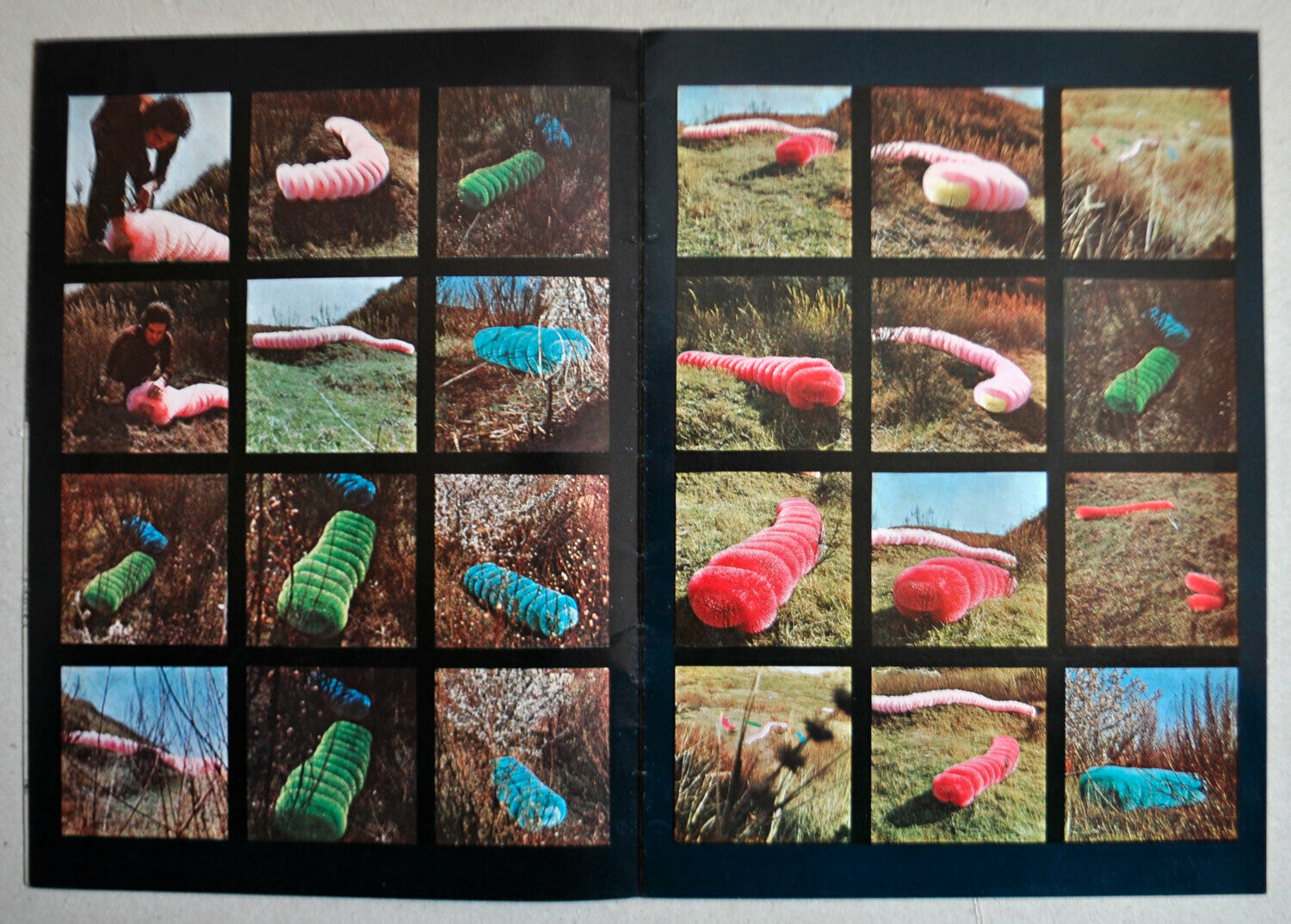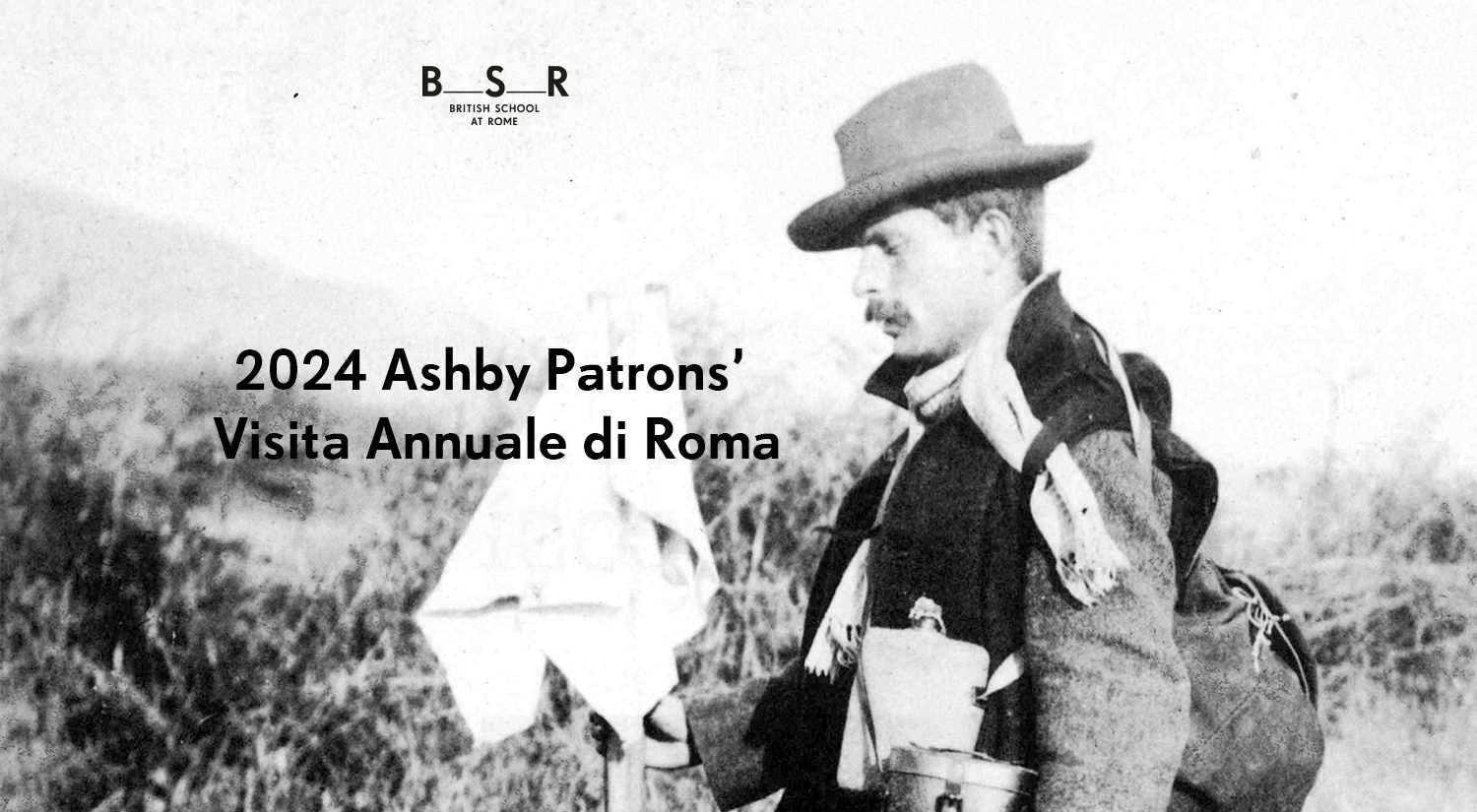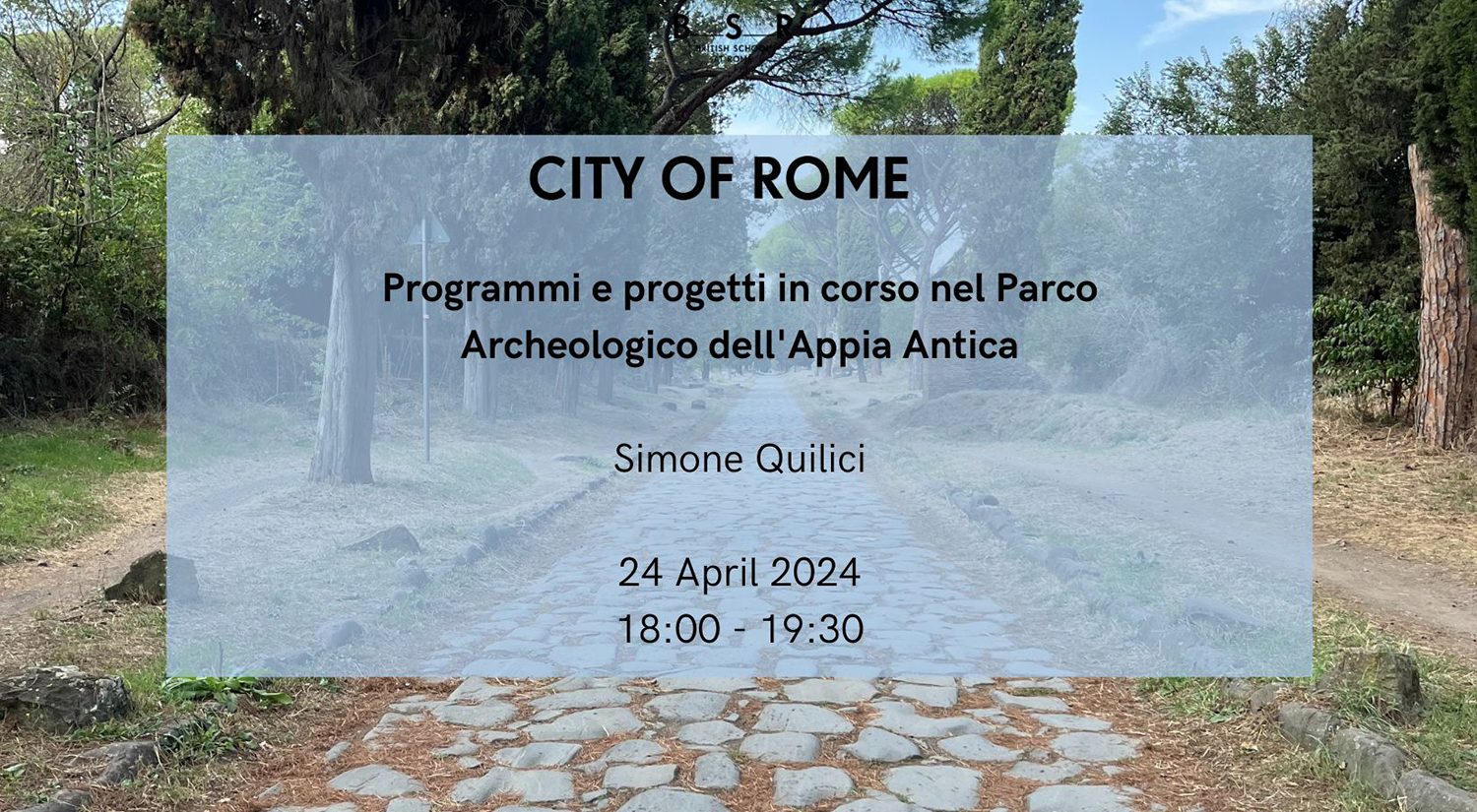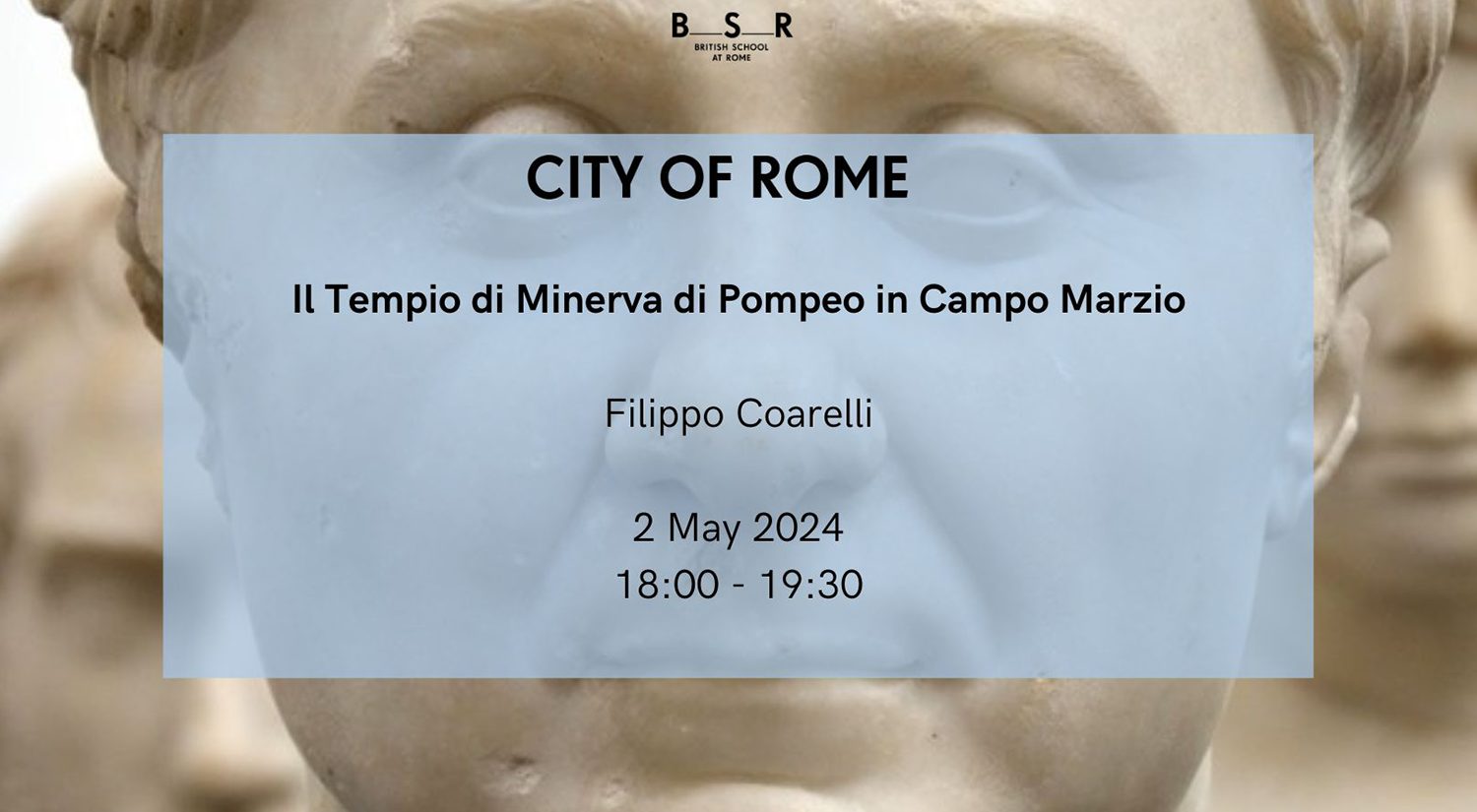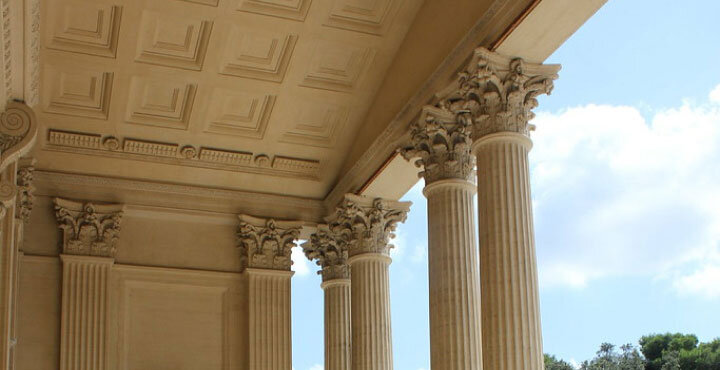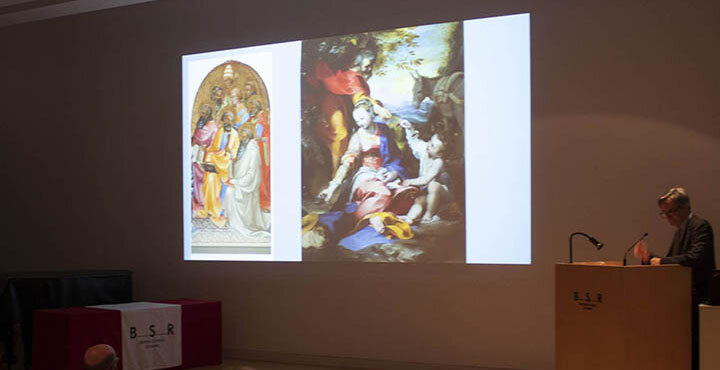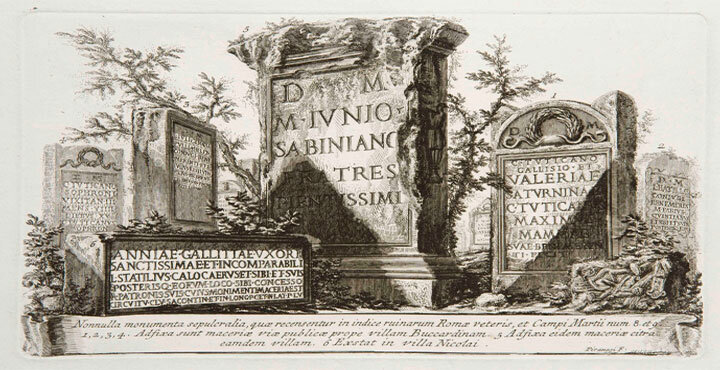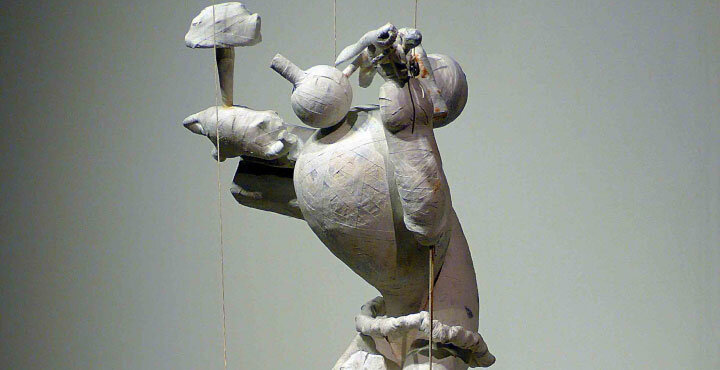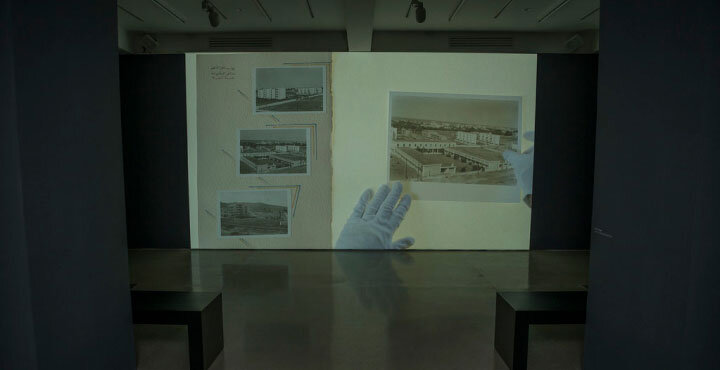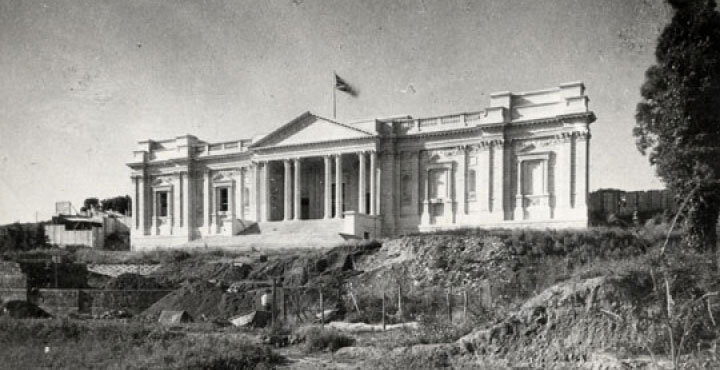What happens when materiality is placed at the core of art historical discourse? What further layers of meaning does the artwork acquire when materials are interrogated, challenged, probed? By examining the experimental approach to substance and matter adopted by Italian artists during the 1960s, this talk will explore their agency and relation to the historical context of post-war Italy. It will examine the tension between natural and artificial materials as mirroring the controversial historical transition between a rural, Mediterranean world that was disappearing and the emergence of an industrial and mass consumer society. Employing fire and water together with rags, synthetic fibres and plastic, these artists engaged with different temporalities and manufacturing processes. The active properties of materials were explored through notions of entropy, decay and change, pointing to the ephemeral character of the work of art and its continuous metamorphosis.
#BSROnlineLectures
FINE ARTS TALKS | TALK MATERIALITIES
This event will be in English.
Image 1: Inaugurazione mostra Pino Pascali Bachi da setola e altri lavori in corso, 1968, LAttico Fabio Sargentini
Image 2: Pino Pascali Bachi da setola Catalogo Galleria L’Attico
Dr. Roberta Minnucci is an art historian and curator specialising in Italian art of the 1960s and 1970s. She has obtained her PhD from the University of Nottingham with a thesis entitled Reclaiming the Past in Post-War Italian Art: Cultural Memory in Arte Povera, 1964–1974 which examined quotational practices in the oeuvres of a number of artists associated with the Arte Povera group. In 2021 she was a Rome Award holder at the British School at Rome and the recipient of the first edition of the “Researching and Rewriting Contemporary Art History” Scholarship promoted from the Fondazione Baruchello in partnership with the Centre of Research for Italian Abstract Art, Università La Sapienza and Università Cattolica di Milano. Her peer-reviewed article “Heaps of Rags and Double Visions: The Interpretation of the Classical Venus in Arte Povera” has appeared in IKON Journal of Iconographic Studies (2020). She has gained curatorial experience at Tate Modern London, Castello di Rivoli Museum of Contemporary Art, Museo Fondazione Pino Pascali and Estorick Collection of Modern Italian Art, where she was exhibition assistant for the show Poor Art/Arte Povera. Italian Influences, British Responses. Prior to starting her PhD, she worked as a provenance researcher at Christie’s London and was the curator of the exhibition Red: A Coloured Sensation at the Southampton City Art Gallery.

